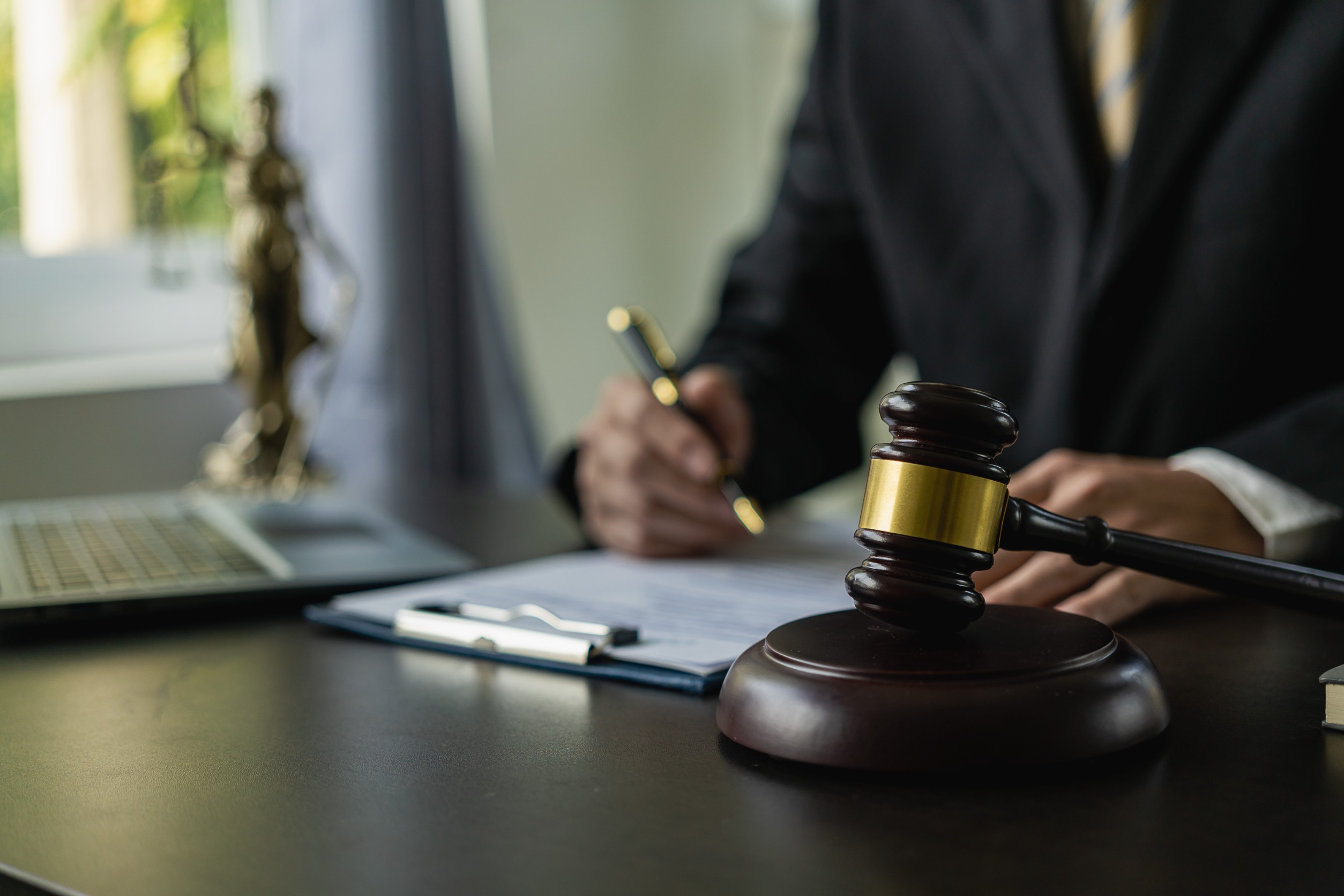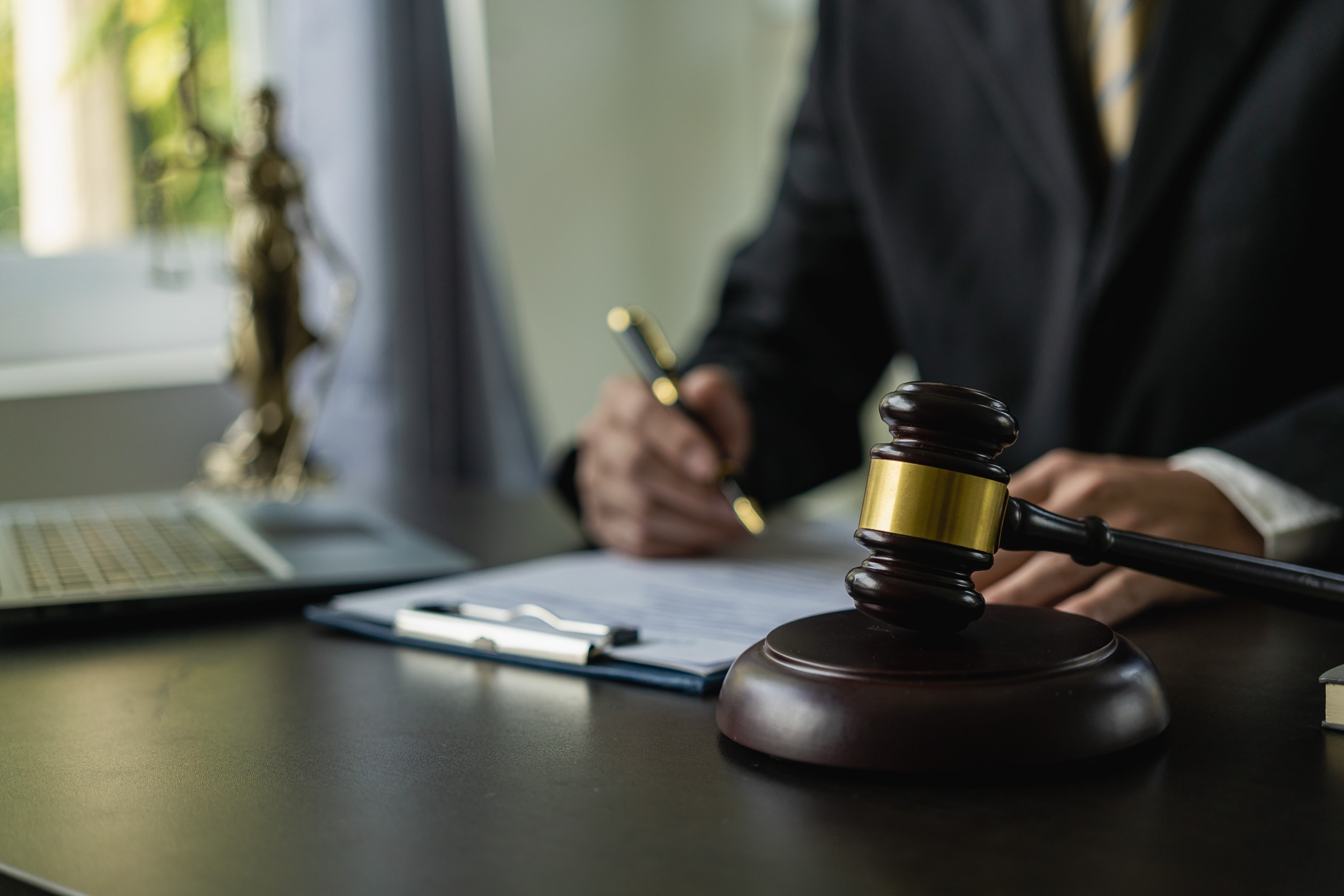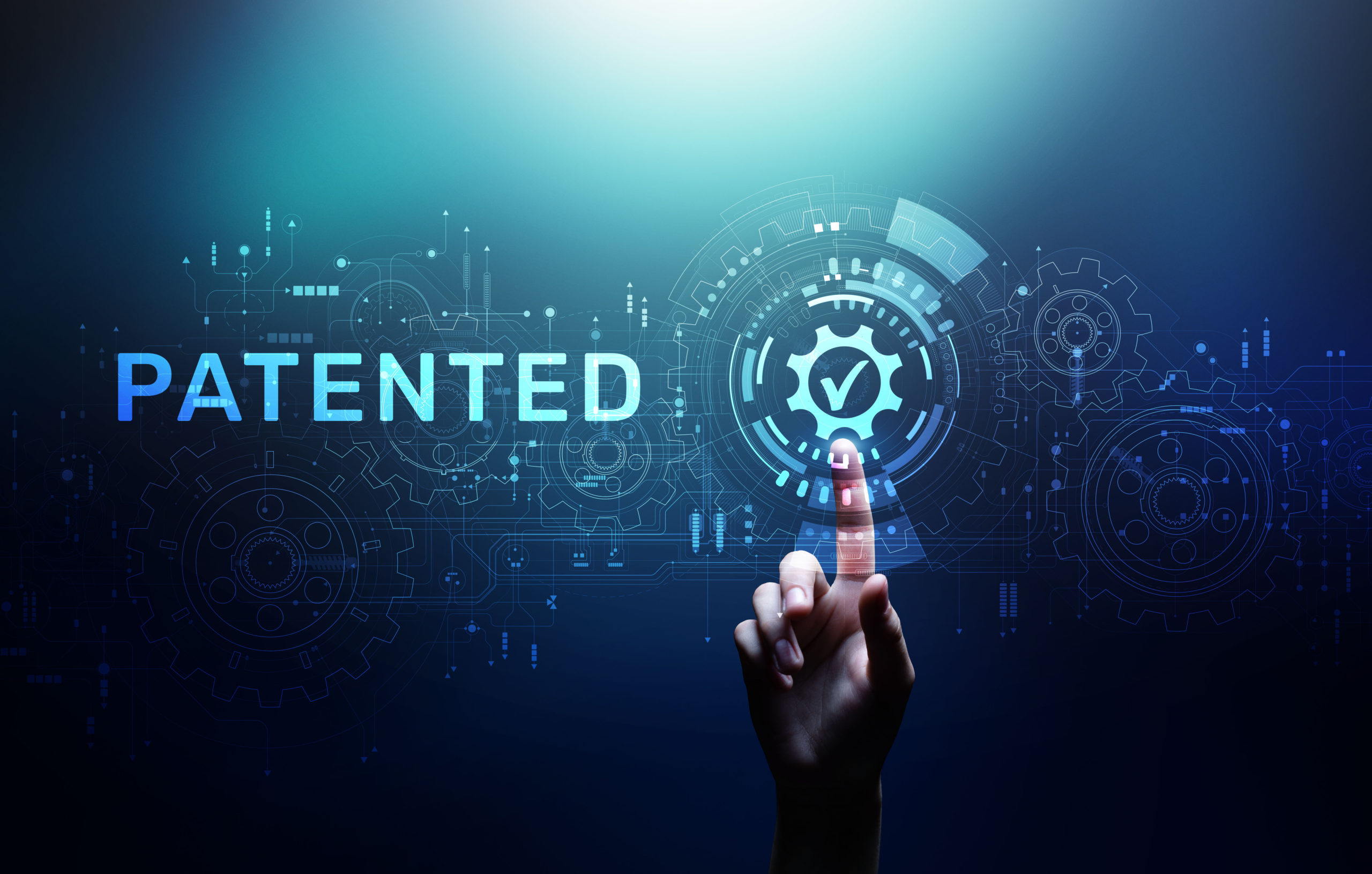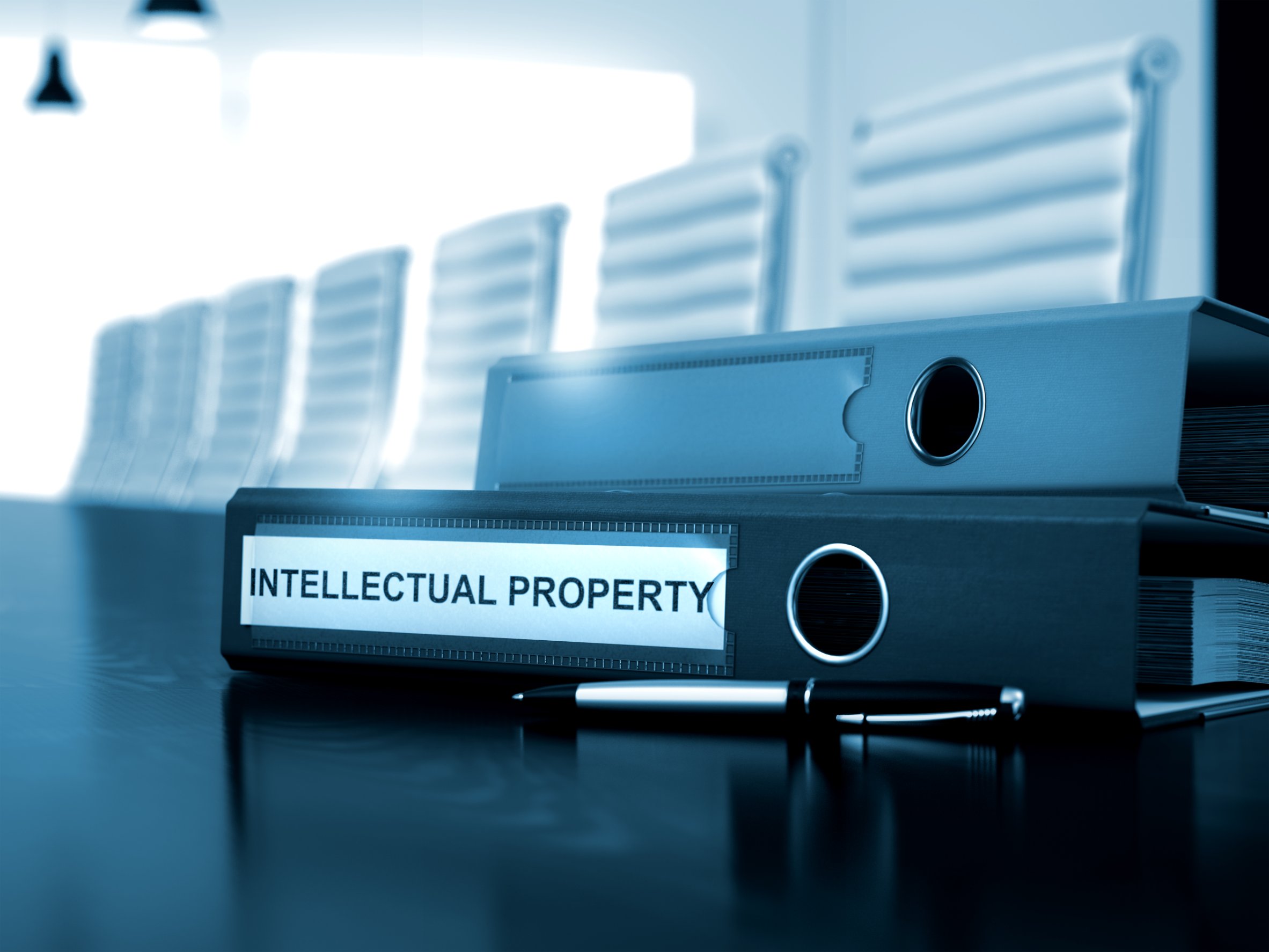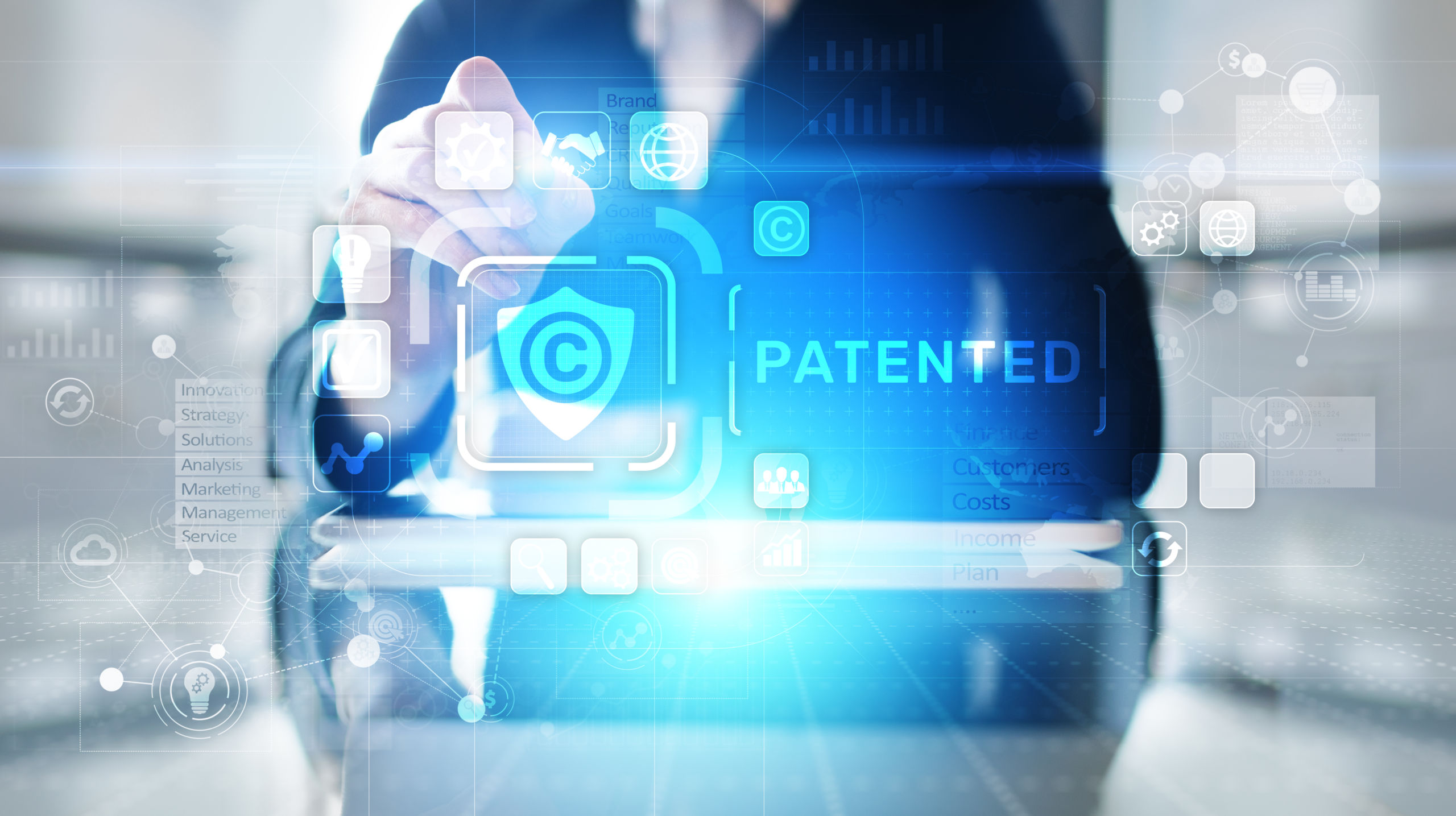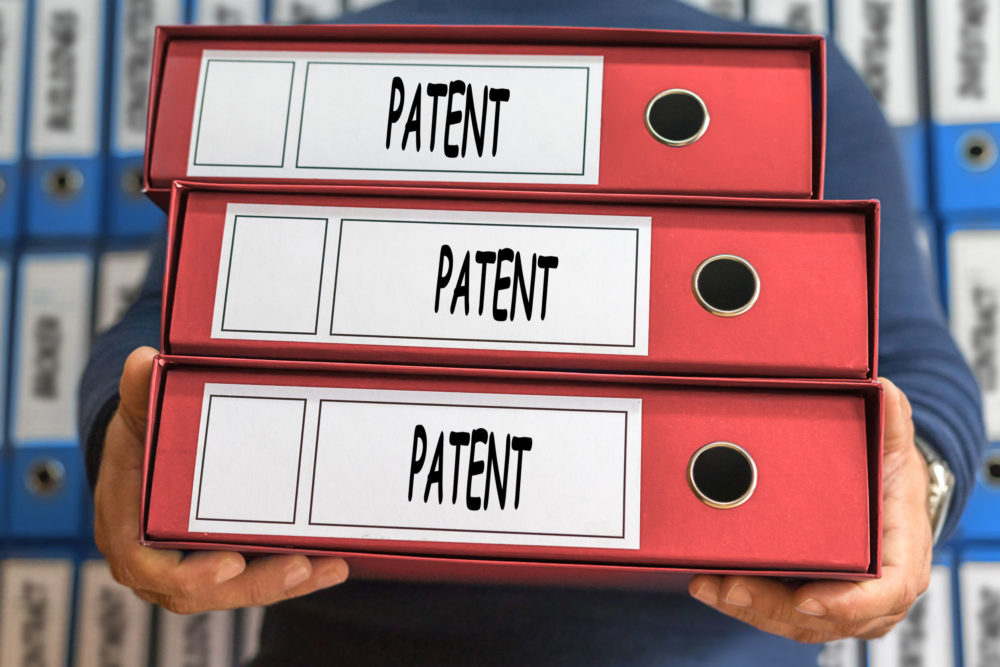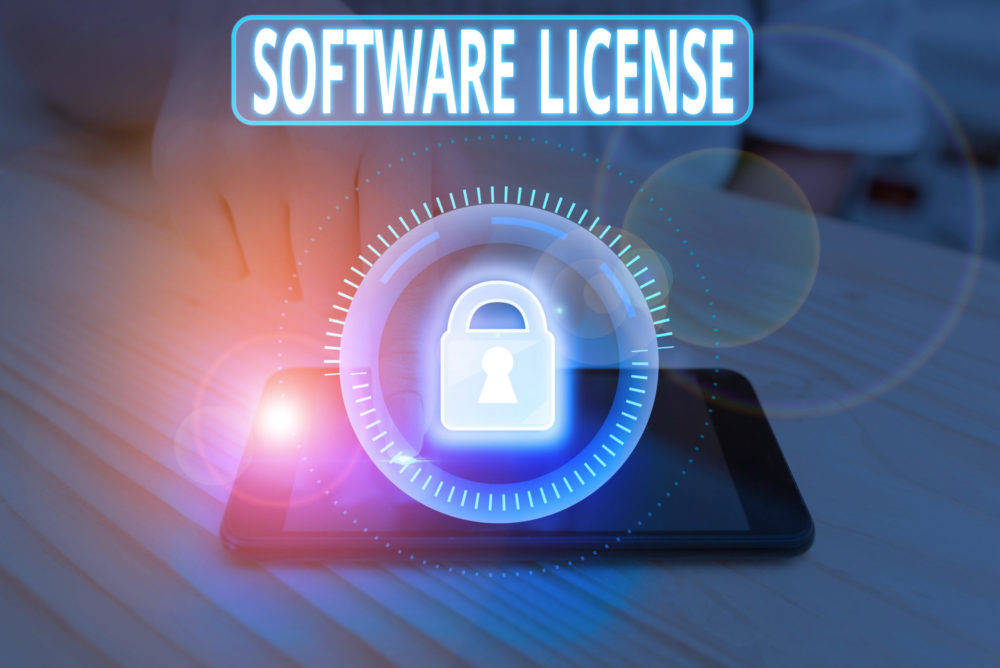Demystifying Copyright Law: Your Key to Intellectual Property Rights
lazupardo2024-12-04T16:49:56-05:00Unlocking Innovation: Navigating Patentability for ML, AI, and Software Inventions
lazupardo2024-09-16T17:58:01-04:00Improving the Effectiveness of Your Trademark Survey Evidence: Know How to Proceed
Ahmed Zidan2023-09-11T17:08:55-04:00How to Effectively Use Expert Witness Testimony to Prove Damages in IP Litigation
Joenel2023-09-17T21:49:49-04:00Exploring the AI Patent Landscape: Emerging Top Trends and Shifts to Watch For
Ahmed Zidan2023-07-25T22:36:46-04:00Inventions involving artificial intelligence (AI) continue to face several issues on patentability as it does not qualify as the inventor in US patent applications. The amendment to Section 256 of the America Invents Act removed the deceptive intent requirement while still allowing the correction of inventorship. Although this could resolve incorrect inventorship, patentees may not always agree to adjustments and dispute a claim instead. Thus, posing a myriad of issues on invalidation and unenforceability of patent applications for AI-related inventions.
The New IP Monetization Landscape in APAC
lazupardo2022-12-25T20:25:20-05:00In just a few short years, the IP landscape in Asia has shifted dramatically, and nowhere more than in IP monetization.
Navigating the Trade Secret Litigation Landscape: The Way to a Dispute Resolution
Joenel2023-11-15T15:37:28-05:00In today’s highly competitive work environment, trade secrets are the lifeblood of a business. As more and more companies move to hybrid and remote work structures, the risk of misappropriation magnifies. This underscores the need for businesses to level up their trade secret protection and create sophisticated confidentiality controls without stifling collaborative workspaces.
Patentability of ML/AI and Software-Based Inventions: Key Considerations
Ahmed Zidan2022-12-29T01:17:12-05:00Today, the proliferation of machine learning (ML) and artificial intelligence (AI) is significantly changing the business landscape.
BPCIA Patent Dance: Navigating the Biosimilar Litigation Landscape in 2020
Iwork OJT2021-05-21T04:21:19-04:00Since the beginning of 2019, the number of biosimilar litigation - particularly those concerning the Biologics Price Competition and Innovation Act (BPCIA) “patent dance” - has drastically increased. One of the notable BCPIA cases that are being closely watched, is Amgen’s legal battle with Novartis’ Sandoz arm over the Enbrel patent, in which the former intends to hold commercial exclusivity for Enbrel until 2029. The legal precedents established in this dispute are expected to impact the biosimilar market as well as the pending and future biosimilar patent lawsuits.
Litigation Techniques in Markman Hearings: Exploring Significant Trends and Developments
Iwork OJT2021-07-09T01:26:34-04:00Also known as claim construction hearing, the Markman hearing is a significant proceeding in a patent infringement case. Getting it right is crucial to the success of a case.
Trade Secrets Protection in the Pharmaceutical Industry: Exploring Best Practices
TKG2022-12-29T03:05:16-05:00As the world develops and distributes safe and effective vaccines against COVID-19, the pharmaceutical industry is confronted with additional trade secrets protection challenges. Issues include the increased the burdens of protecting their assets, the immense level of R&D, the substantial impact of remote work, and COVID-related legal restrictions. Pharmaceutical companies must implement effective trade secrets protection strategies to manage threats amidst this crisis.
Obviousness-Type Double Patenting (ODP): Demystifying Recent Trends and Significant Court Rulings
TKG2023-01-18T01:23:11-05:00In the U.S. and Canada, courts have designed the doctrine of obviousness-type double patenting (ODP) to prevent inventors from gaining an unjust extension of their patent rights by obtaining patent on the obvious variants of an invention.
Software Patents Post-Alice: Where Are We Now
TKG2021-08-23T03:29:23-04:00Since its enactment last 2014, the Supreme Court's Alice decision has continuously raised the bar for patent eligibility. Software innovation went up and it has significantly altered the patentability of software, business methods, and e-commerce technologies. In addition, software patent litigations have also changed dramatically.
The Revised USPTO Subject Matter Eligibility Guidance: What You Should Know
TKG2023-01-19T22:44:54-05:00In January 2019, the United States Patent and Trademark Office (USPTO) issued a revised guidance to be used when evaluating subject matter eligibility and updated same in October 2019. The revised and updated guidelines primarily focus on patent eligibility procedures involving patent claims and applications. By providing new guidance in identifying whether a patent claim or patent application claim is directed to a judicial exception, it aims to bring better clarity and predictability to Step 2A of the Alice/Mayo test.





